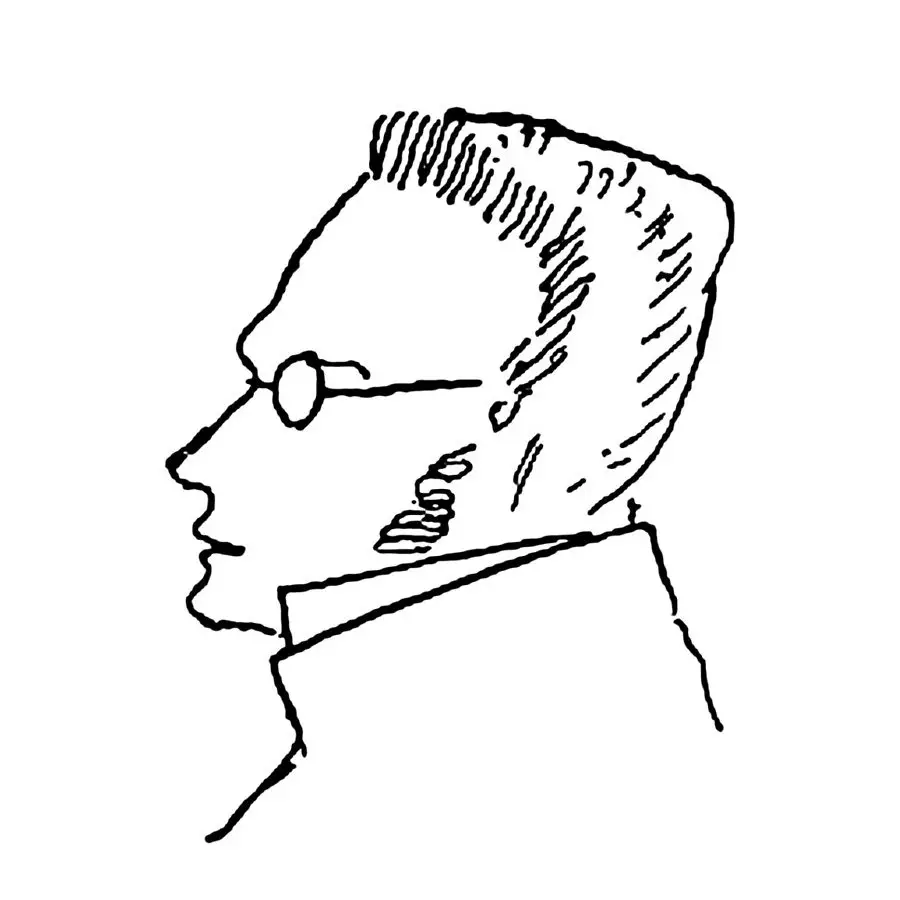Marden asked:
What do these words mean in Kant’s 12 Categories: Inherence and subsistence, and community? These three terms are in the third group of categories (of Relation). I’d be happy with any url that would define and discuss all 12 of Kant’s categories.
Answer by Martin Jenkins
The Categories of Relation: Substance (Subsistence), Causality (Inherence) and Interaction (Community) are outlined by Kant in Section 3, Chapter 2, Book 2 of the Critique of Pure Reason.
As written, in Section 3 ‘Systematic Representation of all Synthetical Principles of the Pure Understanding’, the Analogies of Experience are outlined.
Perception is only possible by the continuous connection of Intuitions. Otherwise, they would be isolated, contingent and unconnected. So what connects them? Time cannot, as an a-priori condition of experience, (See the Transcendental Aesthetic of the Critique) be a subject of perception. Here enter the First Analogy.
First Analogy: The Permanence of Substance.
As Time is not an object for perception, there must be something by which it is represented; a something in which change, modification and successive changes of state, occurs. For Kant, this ‘something’ is precisely Substance. Whilst there are changes, modifications etc to objects, their underlying Substance remains unchanged. Otherwise there would be an unconditioned, chaos of perceptions without coherence. For example, the tree exudes a succession of changes: buds become leaves, leaves which fall yet the underlying ‘thinghood’ of the tree remains as a ‘ground’ for such changes.
Second Analogy: The Principle of the Succession of Time according to the Law of Causality.
When a human subject looks at a house, gazes from its roof to its foundations to its windows and so on, there is a succession of intuitions in Time which is not causally determined. This is because they are dependent on that human subject — they are a Subjective sequence of events. It is otherwise when gazing at a boat flowing down a river.
Here, there is a linear, successive sequence of events: A then B, then C, then D and so on which cannot be otherwise. The boat was once high upon the river, then it was adjacent to the perceiver, then it is further down the river. This succession is conditioned by and made objective by the Transcendental Law of Causality. It cannot be otherwise, for then knowledge deriving from linear, successive perceptions would be made impossible – contrary to our actual experience.
Substance underpins the succession of Time according to the Law of Causality.
Third Analogy: Principle of Co-Existence according to the Law of Reciprocity or Community.
All Substances, existing under the conditions of Space and Time, exist in a simultaneous relation of reciprocity: of reciprocal action co-extensive with each other in a plurality of ways hence, – a reciprocal community of substances. Unlike the Law of Causality above where we have A then B then C and so on, here we have A affecting D or B (or any other term affecting any other) and vice versa – simultaneously in Time and Space.
The synthesis of the Understanding thus has objective, Transcendentally conditioned intuitions of a ‘compositum reale‘ – distinct phenomena, all in inclusive connection with each other in various ways such as inhereing with each other, consequences as effects of causes and composition as a manifold of intuitions in unity (or Reciprocal Community), simultaneously experienced by the ‘I think’ as the unity of apperception
Hope this is useful, Marden.

This is incredibly helpful, Martin, thank you so much! I wonder if you might know of other passages in Kant which extrapolate the notion of relation and especially its conditions of possibility? I am currently studying ‘figures’ of relation in XXth century continental philosophy and am trying to get a better sense of their historical impetus. Thanks in advance!